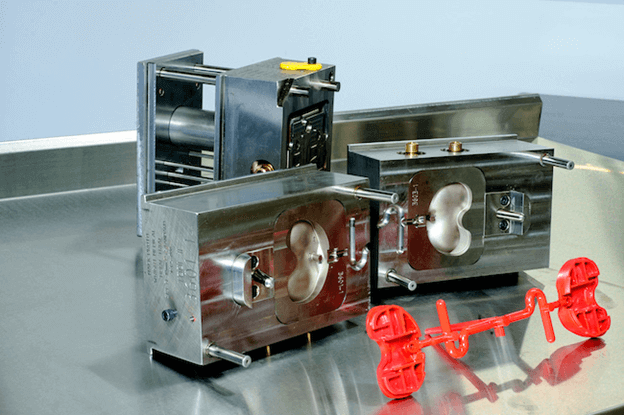Polypropylene (PP) is increasingly popular in the world of injection molding. Thanks to its chemical resistant design and low-density consistency, it’s frequently used in industries such as the automotive and the medical.
Injection molding with PP resin brings a ton of benefits but also has its challenges throughout the molding process. Here is a selection of seven practical tips for excellent PP injection molding.

1. Be Patient with the injection process
It is expected for the injection process to consume most of the cycle. This is important because injection has a crucial role in the control of shrinkage. The more accurate the injection, the better the output. So, let it take its time and don’t make anything that might rush the injection process.
2. Injection pressure needs to be between 800 psi and 1500 psi
This is another variable that can influence potential issues with PP injection molding. As a general rule, the injection pressure needs to reflect the size and construction of the item. In most cases, the pressure needs to be capable of filling around 99% of the part to stop problems with sticking and flashing.
3. Set the mold temperature to range from 50°-150° F
This is important because it reduces surface imperfections and stress on the item. Furthermore, it is also essential for the mold to be cooled uniformly. That way, the item can be easily ejected from the mold.
4. Set back pressure to be between 50 and 100 psi
That’s the ideal range for pp injection backpressure, which leads to improved cycle time. The only exception is if there is pigment mixing. In that case, the backpressure can be set somewhat higher.

5. Don’t rush the hold time
This is a common mistake that should be avoided at any cost. Simply resist the urge to take part in the mold before it has been completely cooled. Failing to do so can potentially lead to shrinkage and warpage. Make sure that the part is cooled to around 130° F before you remove it from the mold.
6. Don’t let minor sticking stand on your way
Truth is sticking is not that common with PP injection molding. That’s because PP has excellent release properties. But, if some minor sticking still happens, it can be corrected by either using a PP grade that has been already lubricated internally or by making adjustments to the mold. In both cases, the changes are easy and fast.
7. Work with a trained professional
Polypropylene resin injection molding is great and can help you make excellent products with top quality. However, if you lack the experience, the knowledge, or both, you can find yourself in a world of troubles.
If you don’t want this to happen to you, make sure that you have the support of a trained industry professional. He/she should have been in this industry for many years that has a ton of experience and can guide you throughout the entire process.
